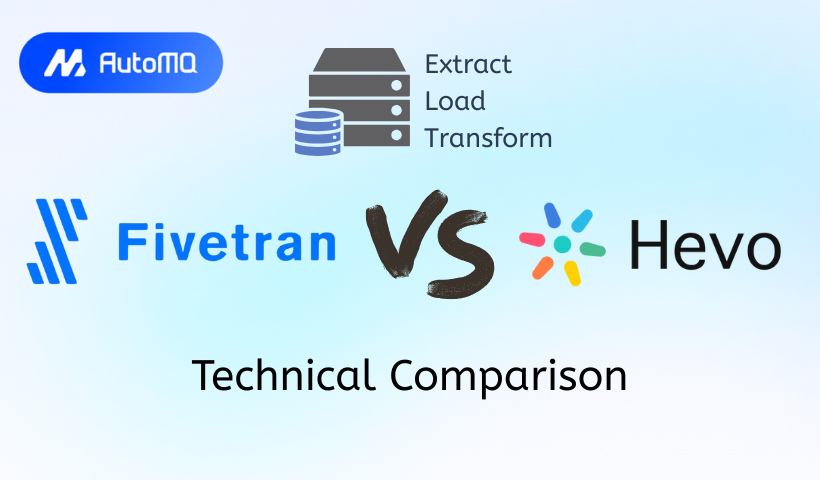Introduction
In modern data-driven organizations, the speed and reliability of data movement are critical. The Extract, Load, Transform (ELT) paradigm has become the de facto standard, allowing teams to centralize raw data from disparate sources into a cloud warehouse for flexible analysis. At the forefront of this movement are fully managed data pipeline services that promise to eliminate the engineering toil associated with building and maintaining these critical connections.
Fivetran and Hevo Data are two of the most prominent players in this space. Both offer polished, robust, and automated solutions to the data integration problem. However, they are built on different core philosophies and architectural principles, making them suitable for different use cases, teams, and technical requirements.
As engineers, it's our job to look under the hood and understand the trade-offs that come with choosing a foundational piece of our data stack. This technical blog will dissect the key differences between Fivetran and Hevo Data, moving beyond surface-level features to compare their architecture, transformation capabilities, pricing models, and ideal use scenarios.
What is Fivetran?
Fivetran is an industry leader in automated data movement. It has established a reputation for being an exceptionally reliable, "set it and forget it" ELT tool. The platform's primary goal is to make data integration as simple and maintenance-free as possible. You configure a source and a destination, and Fivetran handles the entire process of extracting and loading the data, automatically adapting to schema and API changes without user intervention.
Architecturally, Fivetran operates on a scheduled, batch-based model. It periodically polls source systems for changes and syncs them to the destination in discrete intervals, which can be as frequent as every five minutes. The platform’s transformation strategy is strictly aligned with the modern ELT paradigm: it loads raw, unaltered data into the warehouse first. All subsequent transformations are expected to be handled post-load, and Fivetran has built a deep, seamless integration with dbt Core to orchestrate this final modeling step [1].
![Fivetran Architecture [7]](https://static-file-demo.automq.com/6809c9c3aaa66b13a5498262/68f5ec09b01c48f9df577dfa_67480fef30f9df5f84f31d36%252F685e6541758cc670a24c6c21_iDfj.png)
What is Hevo Data?
Hevo Data is a no-code, real-time data pipeline platform designed for both speed and simplicity. While also a fully managed SaaS tool, Hevo's architecture and feature set are built to address slightly different needs, with a strong emphasis on data freshness and user accessibility.
Hevo’s core architecture is built around a streaming model, which enables it to capture and replicate data from sources with very low latency [2]. This makes it an excellent choice for use cases that depend on near real-time data. It aims to provide a "zero-maintenance" experience, much like Fivetran, by automating tasks like schema management and error handling.
A key differentiator for Hevo is its support for pre-load transformations. Unlike tools that strictly enforce the ELT pattern, Hevo gives users the flexibility to clean, filter, mask, and enrich data before it is loaded into the destination warehouse. This can be accomplished through an intuitive drag-and-drop interface or by writing custom Python scripts directly on the Hevo platform [3]. This capability means Hevo can comfortably support both ELT and more traditional ETL (Extract, Transform, Load) workflows.
![Data Flow with Hevo Platform [8]](https://static-file-demo.automq.com/6809c9c3aaa66b13a5498262/68f5ebb746ec9b819bd25fe0_67480fef30f9df5f84f31d36%252F685e629da37c4346fb88cee5_npQm.png)
Core Architectural Differences: Batch vs. Streaming
The most fundamental difference between Fivetran and Hevo lies in their data replication architecture. This choice has direct consequences for data freshness and the types of use cases each tool is best suited for.
Fivetran's Batch Architecture: Fivetran works by running scheduled syncs. For a given connector, it will query the source API or database on a set schedule (e.g., every 15 minutes), gather all the changes since the last sync, and load them into the warehouse as a batch. This approach is highly reliable, robust, and efficient for most analytical use cases where having data that is a few minutes old is perfectly acceptable.
Hevo's Streaming Architecture: Hevo is designed to stream data. For sources that support it (like databases with change data capture, or CDC), Hevo can capture changes as they happen and send them to the destination almost instantly. This continuous flow of data means the warehouse is always seconds or minutes behind the source system, not tens of minutes or hours. This is crucial for operational analytics, real-time dashboards, or any system that requires immediate data visibility.
Detailed Comparison
Let's explore the practical implications of their differences across several key areas.
Data Transformation Philosophy
This is a critical dividing line between the two platforms.
Fivetran is a staunch advocate for the post-load transformation (ELT) model. It does one thing exceptionally well: load raw data into your warehouse. The philosophy is that the warehouse is the most powerful and flexible place to perform transformations. Its only "transformations" pre-load are minor system-level ones, like data type mapping. For everything else, its premier integration with dbt is the expected path. This creates a clean separation of concerns: Fivetran for loading, dbt for modeling.
Hevo offers a more flexible, hybrid approach. While it also supports post-load transformations via a dbt Core integration, its standout feature is the ability to perform pre-load transformations. This is useful for several reasons:
Compliance and Security: You can hash, mask, or completely remove sensitive PII before it is ever stored in your warehouse logs or tables.
Cost Optimization: You can filter out irrelevant rows or columns at the source, reducing the volume of data you process, transport, and store, which can lead to significant cost savings on your warehouse bills.
Data Quality: You can perform basic cleaning, like standardizing date formats or handling null values, ensuring that the data landing in the warehouse is already in a more usable state.
Connectors: Breadth vs. Curation
Both platforms offer fully managed connectors, but their library sizes and philosophies differ.
Fivetran boasts one of the largest connector libraries in the industry, with over 500+ pre-built connectors [4]. All of these are developed and maintained in-house by Fivetran engineers, which guarantees a high standard of reliability and support. If you need to connect to a wide variety of common SaaS applications and databases, Fivetran likely has you covered.
Hevo provides a smaller but still comprehensive list of over 150+ connectors [3]. Like Fivetran, these are all built and maintained internally, ensuring high quality. While its library is not as vast, it covers the most popular sources across databases, SaaS platforms, and streaming services. For sources it doesn't support, it offers a REST API connector that can be configured to pull data from many custom sources.
Schema Management
Both platforms automate the tedious task of handling schema changes in source systems, but with subtle differences.
Fivetran automatically detects any schema changes at the source (new tables, columns, or data type changes) and propagates them to the destination. It generally mirrors the source schema hierarchy directly into the destination.
Hevo also provides robust, automated schema detection and evolution. However, it offers slightly more flexibility during pipeline setup, allowing users to define custom destination table names or merge multiple source tables into a single destination table [2]. This can be helpful for organizing data in the warehouse according to specific business rules rather than being forced to mirror the source's structure.
Pricing Models: Rows vs. Events
The way these services are priced can have a huge impact on your total cost of ownership.
Fivetran uses a consumption-based model centered on Monthly Active Rows (MAR). A row is considered "active" if it is inserted, updated, or deleted by a Fivetran sync during a given month. This cost is calculated per connector. The model can be complex to forecast, as costs can fluctuate based on how "chatty" your data sources are. A single source record that is updated 100 times in a month only counts as one MAR, but costs can accumulate quickly if you have many connectors or sources with a high volume of new or deleted records. Some users have found this model can lead to unpredictable bills [5].
Hevo uses a simpler, more transparent event-based pricing model. An "event" is essentially any record that is replicated to the destination. You purchase a plan with a certain quota of millions of events per month. This model is often easier to predict and control. If you know the approximate volume of data your sources generate, you can choose a plan that fits your needs and avoid surprises. On-demand pricing is available if you exceed your quota [6].
Choosing the Right Tool: A Use-Case-Driven Approach
The best choice depends entirely on your specific project requirements, team structure, and data strategy.
Choose Fivetran when:
Reliability is non-negotiable: Your primary goal is a rock-solid, fire-and-forget pipeline to a very wide range of sources.
Your organization has standardized on dbt: Your team lives and breathes dbt for transformations and you want the tightest possible integration between your loader and your modeling tool.
Data freshness is not critical: Your analytics use cases are well-served by data that is updated in batches every 5-60 minutes.
You need broad connector coverage: Your data ecosystem includes many different SaaS tools, and you need a single platform to connect to all of them.
Choose Hevo Data when:
You need real-time data: Your use case involves operational analytics, real-time dashboards, or replicating production databases where low latency is essential.
You need to transform data pre-load: You have strong compliance requirements (like PII masking) or want to optimize warehouse costs by filtering data before it's loaded.
You want to empower non-engineers: You want a tool with an intuitive, no-code UI that can be used by data analysts or other business users to create their own pipelines.
You prefer a predictable pricing model: You want to avoid the potential cost volatility of a MAR-based system and prefer the clarity of event-based pricing.
Conclusion
Fivetran and Hevo Data are both top-tier data integration platforms, but they are not interchangeable. They represent two distinct philosophies on how to best solve the data movement problem.
Fivetran is the established, incredibly reliable workhorse. It offers an enormous connector library and a pure ELT workflow that is perfect for teams deeply invested in the modern data stack with dbt at its center. It is the tool you choose when you want to delegate the "L" part of ELT to the most robust utility available.
Hevo Data is the fast, flexible, and user-friendly alternative. It excels at real-time data replication and provides the unique ability to handle transformations before the load step, offering a bridge between the ETL and ELT worlds. It is the tool you choose when you need speed, flexibility, and a platform that can be used by a wider audience.
Ultimately, the decision rests on a clear understanding of your data's characteristics and your team's needs. By evaluating your requirements for data freshness, transformation flexibility, user accessibility, and cost predictability, you can confidently select the platform that will best serve as the foundation of your data-driven ambitions.
If you find this content helpful, you might also be interested in our product AutoMQ. AutoMQ is a cloud-native alternative to Kafka by decoupling durability to S3 and EBS. 10x Cost-Effective. No Cross-AZ Traffic Cost. Autoscale in seconds. Single-digit ms latency. AutoMQ now is source code available on github. Big Companies Worldwide are Using AutoMQ. Check the following case studies to learn more:
Grab: Driving Efficiency with AutoMQ in DataStreaming Platform
Palmpay Uses AutoMQ to Replace Kafka, Optimizing Costs by 50%+
How Asia’s Quora Zhihu uses AutoMQ to reduce Kafka cost and maintenance complexity
XPENG Motors Reduces Costs by 50%+ by Replacing Kafka with AutoMQ
Asia's GOAT, Poizon uses AutoMQ Kafka to build observability platform for massive data(30 GB/s)
AutoMQ Helps CaoCao Mobility Address Kafka Scalability During Holidays
JD.comx AutoMQ x CubeFS: A Cost-Effective Journey at Trillion-Scale Kafka Messaging
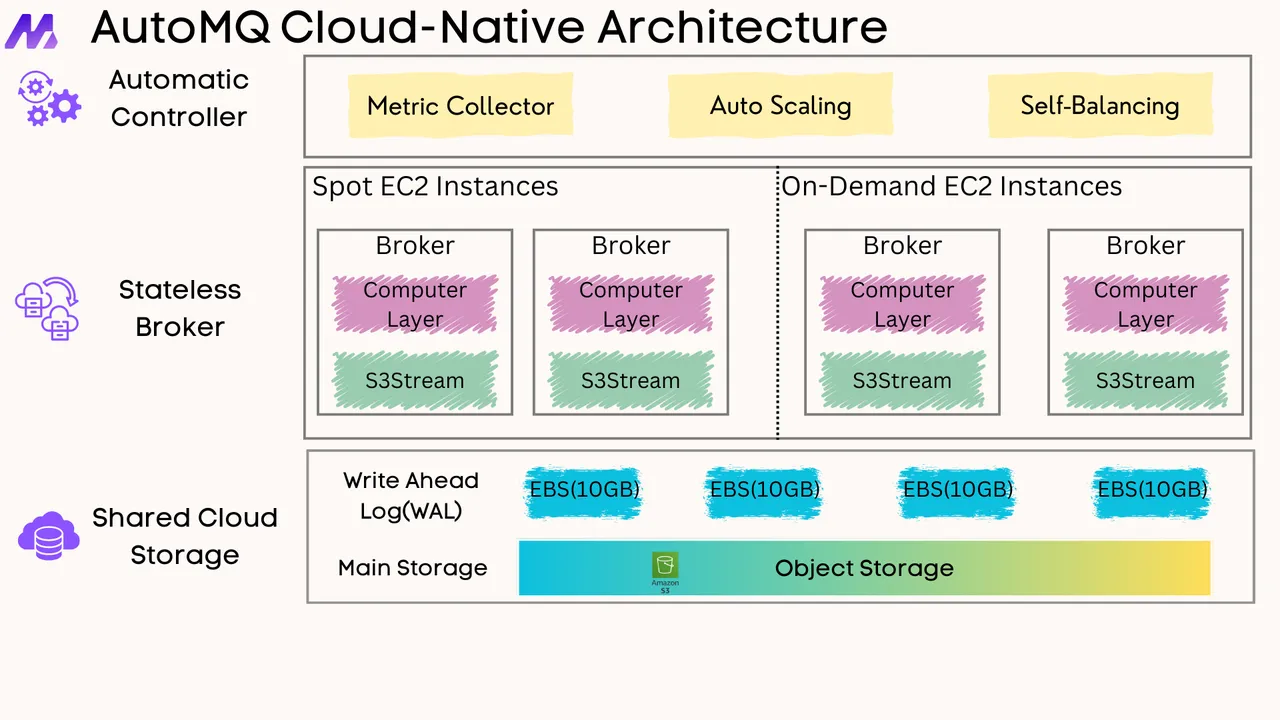





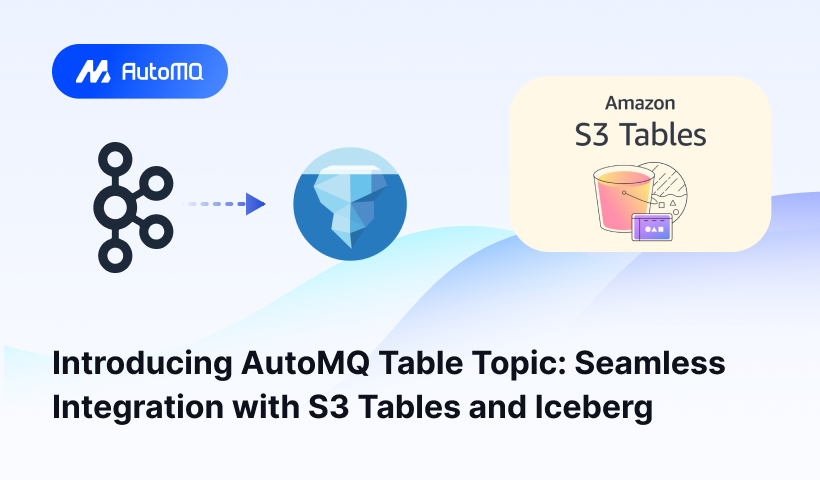
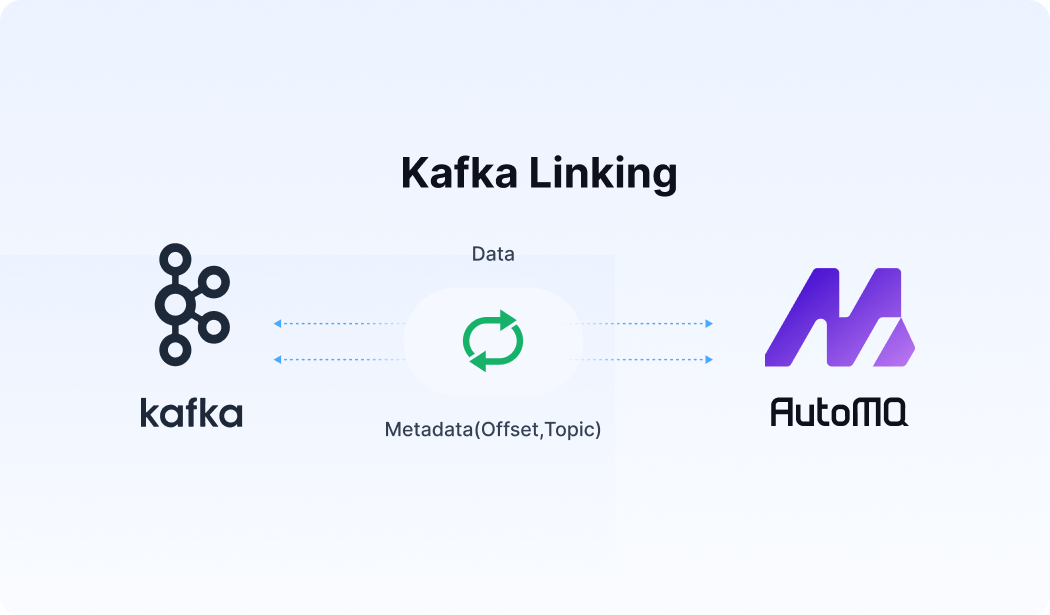




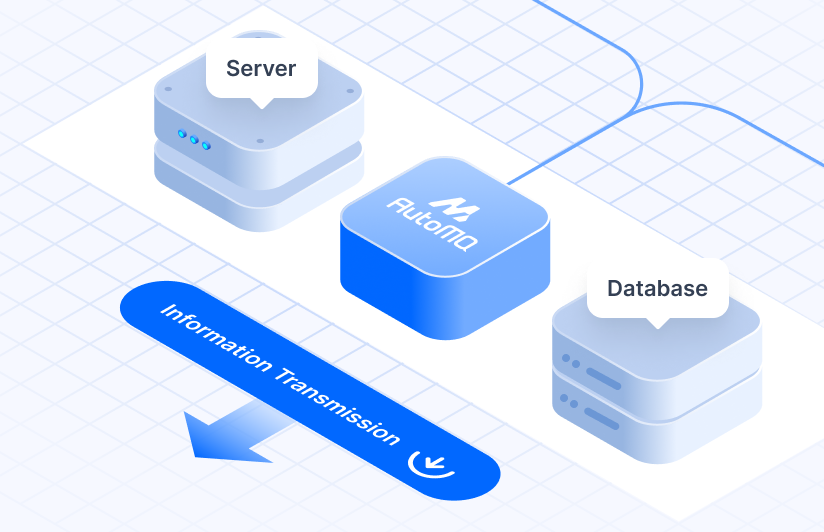
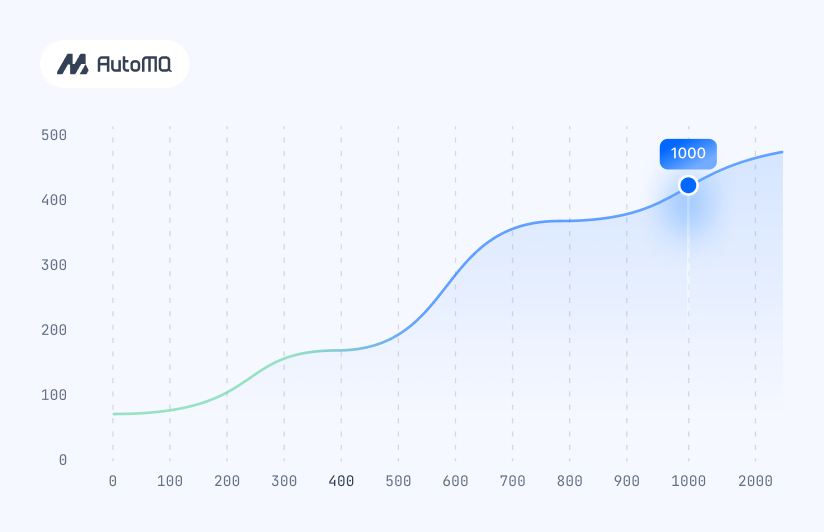


.png)
